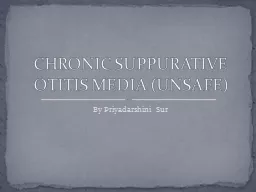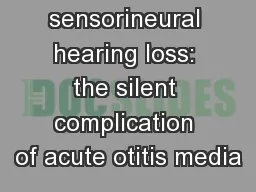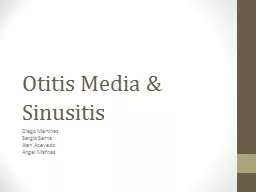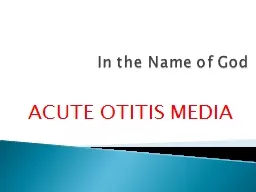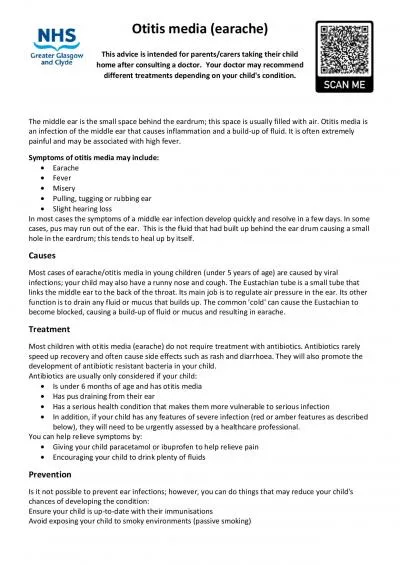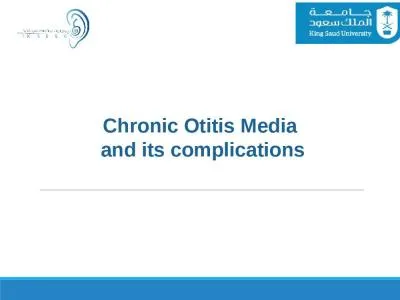PPT-CHRONIC SUPPURATIVE OTITIS MEDIA
Author : karlyn-bohler | Published Date : 2020-04-10
BY MBBSPPTCOM It involves the posterosuperior part of the middle ear cleft attic antrum posterior tympanum and mastoid and is associated with cholesteatoma
Presentation Embed Code
Download Presentation
Download Presentation The PPT/PDF document " CHRONIC SUPPURATIVE OTITIS MEDIA" is the property of its rightful owner. Permission is granted to download and print the materials on this website for personal, non-commercial use only, and to display it on your personal computer provided you do not modify the materials and that you retain all copyright notices contained in the materials. By downloading content from our website, you accept the terms of this agreement.
CHRONIC SUPPURATIVE OTITIS MEDIA: Transcript
Download Rules Of Document
" CHRONIC SUPPURATIVE OTITIS MEDIA"The content belongs to its owner. You may download and print it for personal use, without modification, and keep all copyright notices. By downloading, you agree to these terms.
Related Documents

